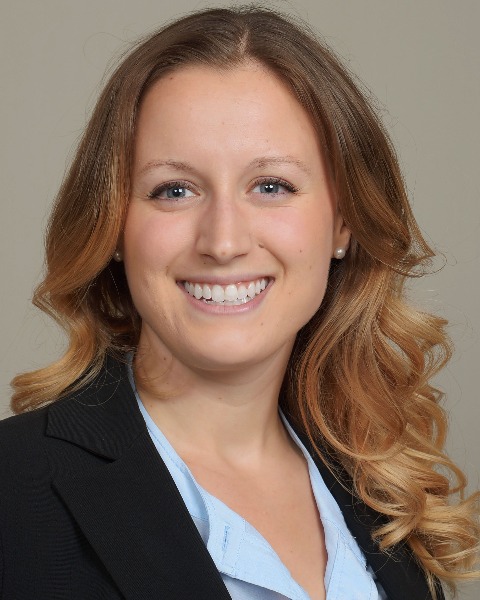Telemedicine/EHR/Medical Informatics
Telemedicine/EHR/Medical Informatics 1
735 - One Less Click: Improving Provider Coding of the Social Drivers of Health
Publication Number: 735.154

Katherine K. Garling, DO, MBA (she/her/hers)
Urgent Care Pediatrician
Eastern Virginia Medical School
Norfolk, Virginia, United States
Presenting Author(s)
Background:
Identifying and addressing social drivers of health (SDH) is an essential part of pediatric practice. However, understanding how to code and bill for these services can be difficult. One study found that more than 1000 codes existed representing SDH across various coding dictionaries. ICD-10 Z codes were created to simplify this documentation, but literature shows that utilization of these codes remains poor despite ongoing text documentation of SDH.
Objective: The objectives of this mixed-methods study were to evaluate an EHR-based intervention to improve provider coding of SDH and assess provider perspective regarding SDH coding.
Design/Methods:
An Epic® best practice advisory (BPA) was created that suggested specific Z-codes based on documentation of positive SDH in the progress note via a standard SmartText. The BPA appeared to all resident and attending providers within a single academic primary care clinic in any encounter where SDH(s) were not correctly coded (documented in note but not visit diagnoses list). SDH screening occurred at all in-person acute and well visits. Answering the BPA required a choice between “Accept”, which automatically added the suggested diagnosis to the patient’s visit diagnoses without requiring further action; or “Dismiss”, which dismissed the BPA for that visit and made no changes to the visit diagnoses list. Providers were surveyed 6 months post-implementation regarding comfort in identifying correct Z-codes and the perceived usefulness of this BPA. Patient data was extracted to analyze BPA dismissal vs. utilization trends.
Results:
Between October 2021 and June 2022, the SDH BPA fired in 14% of clinic visits. Average BPA acceptance rate ranged from 79% in Jan 2022 to 95% by June 2022. The most commonly accepted diagnosis from the BPA was food insecurity, with an uptake rate of 91%; least commonly accepted was domestic violence, at only 55%.
52 providers in the pediatric resident clinic were surveyed on their comfort in using the correct Z-codes when coding SDH and their evaluation of the BPA, of whom 22 responded (42% response rate). 80% felt confident that they could correctly document food insecurity. However, confidence in charting other SDH ranged from 57% for domestic violence to a low of 45% for caregiver-related problems. 90% agreed that the BPA made it easier to chart SDH; none reported the pop-up to be disruptive to their workflow.
Conclusion(s):
A significant majority of providers found the BPA to be helpful and non-intrusive. Future directions include exploration of how improved coding affects billing and reimbursement.
